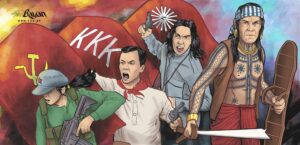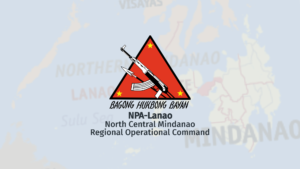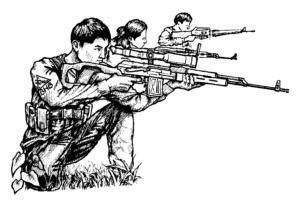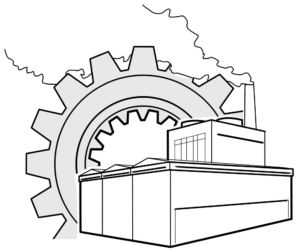The Battle of Mactan


The Battle of Mactan on April 27, 1521 marked the first organized struggle of Filipinos against foreign colonizers. Datu Lapulapu and the indigenous warriors bravely faced and defeated the Spaniards led by Ferdinand Magellan who had superior weapons.
In the early 1600s during the early stage of capitalism, several empires such as that of Spain, Portugal and Britain were competing with each other to establish their colonies, expand their trade activities, and advance their political and economic dominance across the globe.
Under this circumstance, the Portuguese Magellan proposed to King Charles I to lead an expedition to discover the Spice Islands, a group of islands which is now known as Mollucas and is a part of Indonesia. Spices which can be found in the island such as pepper, cinnamon, turmeric, ginger and other spices used as food condiments or aromatics were very valuable to Europe. After receiving approval, Magellan set sail in August 1519 with five ships and a crew of about 250 men.
It took them two years before discovering any land. On March 17, 1521, the starving voyagers landed in the island of Homonhon in Samar where they met some indigenous leaders. The latter were awed by the foreign fleet which was armed with 12 cannons and muskets which fire “thunder and lightning,” 50 crossbows, swords, axes and metal armors. In the name of “friendship,” they were baptized as Christians and were made to bend their knee before the authority of Spain and were obliged to pay tribute and taxes.
Using divide and conquer as strategy, Magellan ordered Rajah Humabon, the leader of Cebu, to make everyone bow to his power. On April 26, 1521, Humabon and another cheiftain named Zula suggested Magellan to use their warriors to force Datu Lapulapu, leader of Mactan, to submit.
At midnight on April 26, Magellan and his soldiers left for Mactan along with Italian chronicler Antonio Pigafetta. They arrived in Mactan three hours before dawn. Magellan did not wish to fight then, but sent a message to Lapulapu through indigenous emmisaries to compel them to be baptized, recognize the King of Spain as their sovereign, or wait to see how their lances would wound them.
Lapulapu was not intimidated and said thay they had lances of bamboo and stakes hardened with fire. The asked the Spaniards not to proceed to attack at once and wait until morning. The vainglorious Magellan consented to Lapulapu’s request.
Magellan was not a wise commander. He belittled the indigenous people’s determination to fight back and not be conquered by the colonizers. He also failed to analyze the characteristics of the island wherein there were many protruding rocks and corals near the shore which prevented the fleet from approaching nearer. Magellan and his men leaped into thigh-high waters and walked through water before they could reach the shore of Mactan. Upon reaching land, they saw Lapulapu’s warriors formed in three divisions. Pigafetta estimated that Lapulapu had about 1,500 fighters.
The indigenous people charged down upon the foreigners with loud cries. From a distance, Magellan’s men fired their muskets and crossbows.
Magellan ordered his men to burn the indigenous people’s houses to terrify them. However, this only roused them to greater fury. Using their bows, they fired poison arrows at the foreigners and charged.
They attacked the Spaniards on their flanks and front. They hurled their spears and fired their arrows targetting the bare legs of the Spaniards. They focused their attacks on Magellan until his arm and leg were wounded. When Magellan fell face downward towards the water and died, the Spaniards fled and retreated aboard their ships.
Meanwhile along the shores of Mactan, Lapulapu and his men shouted in victory. According to Pigafettas notes, 12 of them were killed (eight Europeans including Magellan, and four of Humabon’s men). The surviving Spaniards fled Cebu and continued to sail until they reached the Spice Islands. They returned to Spain in 1522 with only two ships led by Captain Juan Elcano.














